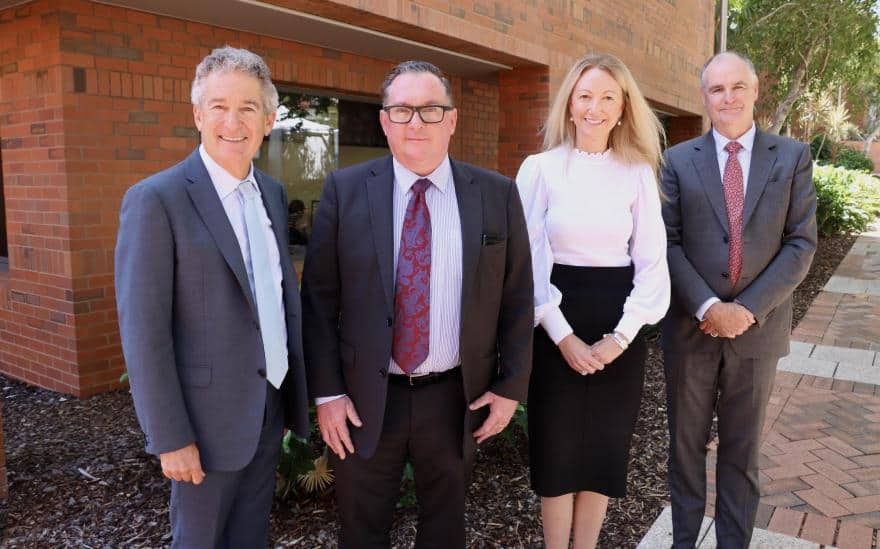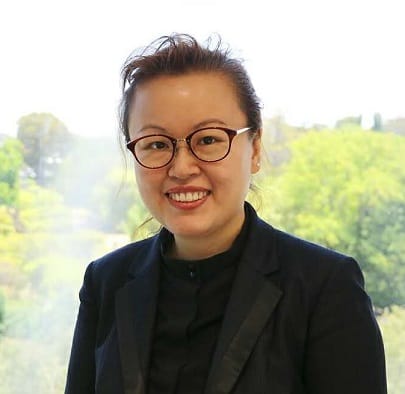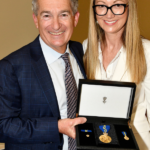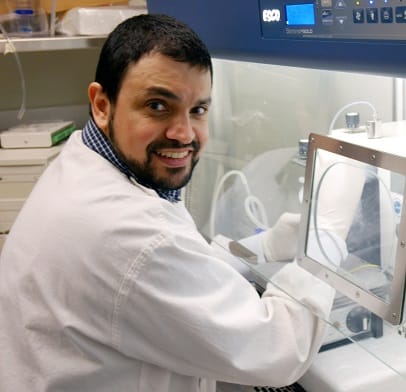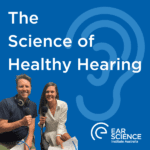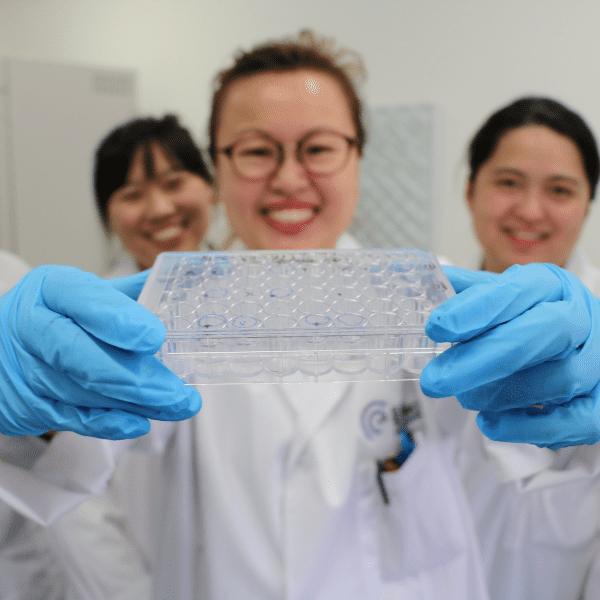
Scientists at the Lions Eye Institute and Ear Science Institute Australia are one step closer to developing personalised therapies for Usher syndrome, the most common form of inherited deaf-blindness, thanks to a prestigious Medical Research Future Fund (MRFF) grant.
Lead chief investigator Dr Samuel McLenachan, who runs the Ocular Tissue Engineering Laboratory at the Lions Eye Institute, said the grant will enable the State’s leading experts in eye and ear clinical care and research to coordinate their investigations into Usher syndrome in Western Australia. By working together, the research teams also hope to discover new treatments faster.
“By coordinating our approach, we will be able to test and evaluate more treatments for Usher syndrome than ever before,” said Dr McLenachan.
Usher syndrome is a particularly cruel disease. It robs children of their two main senses, hearing and sight. Although some hearing can be restored with a cochlear implant, once a child loses their vision it cannot be restored. There are very few treatments to try and slow this vision loss, and there is no cure.
“Children diagnosed with Usher syndrome may only have a small window of time before their eye sight starts to deteriorate. Once vision is lost, it cannot be restored,” said Dr McLenachan.
As part of the research project, scientists at the Lions Eye Institute and Ear Science Institute Australia will create retinal and inner ear organoids, which replicate the eye and ear tissue of a person with Usher syndrome.
They will use these organoids to test a range of drug and gene therapy treatments for Usher syndrome currently being developed by leading research groups at The University of Western Australia (UWA), Curtin University and Murdoch University. This pre-clinical testing is critical to identify safe and effective treatments that are suitable for progression into human clinical trials.
We are producing cells that are affected by Usher syndrome, in order to understand how the disease works and test various strategies for correction,” said Dr Elaine Wong, Principal Researcher at Ear Science Institute Australia. “The organoids can take up to a year to generate from skin cells harvested from patients. The research will be expedited with the arrival of a stem cell robot at the Lions Eye Institute in 2023.”
Dr Livia Carvalho, head of the Retinal Genomics and Therapy research group at the Lions Eye Institute, said there are hundreds of gene mutations in Usher syndrome. “A treatment that works for one patient might not work for the next. We need data from a number of patients in order to test therapies for multiple versions of the disease,” she said.
The research currently involves 48 Usher syndrome patients enrolled in the Lions Eye Institute’s Western Australian Retinal Disease study, led by clinician-scientist Associate Professor Fred Chen. “The WARD study provides our patients with world-class research, genetic testing and clinical monitoring. Molecular diagnosis and longitudinal progression data is essential for determining their eligibility to participate in future clinical trials,” said Dr Chen. “Since hearing deficits usually manifest before visual symptoms, increased collaboration between the Lions Eye Institute and Ear Science Institute Australia will help to identify children with Usher syndrome earlier.”
The grant provides a collaborative framework encompassing research groups from three universities and two medical institutes. “Our patient-derived retinal and inner ear organoids will form a common platform for the evaluation of a diverse range of therapeutic technologies being developed in Western Australia,” said Dr McLenachan. “These include the latest developments in nanoparticle gene delivery systems from Curtin University, antisense oligomer drug treatments from Murdoch University, as well as gene replacement and gene editing therapies being developed at UWA and the Lions Eye Institute.”
Lead researcher at Curtin University Associate Professor Hani Al-Salami, the Head of Hearing Therapeutics at Ear Science Institute Australia, will design novel nano delivery vehicles to enable robust pharmaceutical hydrogels to deliver targeted therapies into the eyes and ears. “We will transform the way drugs and genes are administered to children with Usher syndrome through novel bile acid-based nano-gels,” Dr Al-Salami said. “By aligning our research outcomes with the regulatory requirements of the TGA, we aim to reduce the time it takes to get the latest research into clinical care.”
“Some years ago, we had a crazy idea on how to change gene expression as a way of treating Duchenne muscular dystrophy using short genetic patches, known as antisense oligomer drugs,” said Professor Stephen Wilton from Murdoch University. “Now, this same approach is being redesigned to other conditions, including some mutations that lead to Usher syndrome.”
“We are striving to create a research culture at Ear Science that links discovery science with innovation to accelerate the translation of science into clinical care to improve public health outcomes for our community,” said Professor Marcus Atlas.
The full list of chief investigators involved in this collaborative research effort are:
- Dr Samuel McLenachan, Lions Eye Institute / UWA (lead)
- Dr Yee Man Elaine Wong, Ear Science Institute Australia
- Dr Livia Carvalho, Lions Eye Institute / UWA
- Associate Professor Hani Al-Salami, Ear Science Institute Australia / Curtin University
- Associate Professor Fred Chen, Lions Eye Institute / UWA
- Professor Marcus Atlas, Ear Science Institute Australia
- Professor Stephen Wilton, Murdoch University
- Dr Daniel Brown, Curtin University
About Usher Syndrome
Usher syndrome is an exceptionally cruel and incurable inherited disease that robs patients of both their sight and hearing. Children with Usher syndrome are born deaf, and towards their teens they become affected by an inherited eye disorder called retinitis pigmentosa that causes night-blindness, loss of peripheral vision (or tunnel vision) and eventually blindness.

